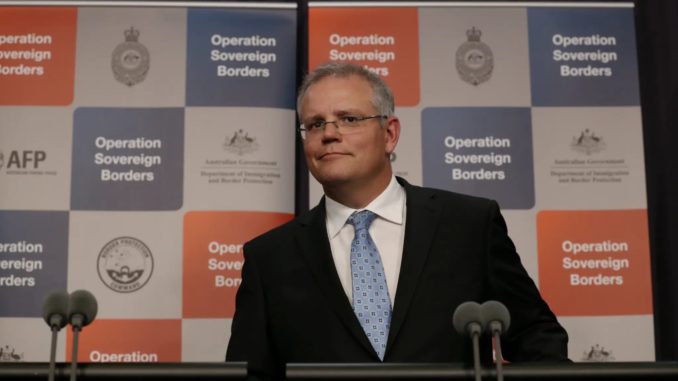
This critical analysis would focus on the comparison between the legacy brand online news publication The Sydney Morning Herald (SMH) and the digital born service Crikey. This article would include two parts: part one is the biography of SMH and Crikey, prat two is comparative analysis about the news Scott Morrison’s mass detention plan in Australia published on the two websites respectively.
Part One: Biography
The Sydney Morning Herald
History and Production Context
The Sydney Morning Herald(SMH)is Australia’s oldest and most influential daily newspaper. It was founded in 1831 by three English emigrants—William McGarvie, Alfred Ward Stephens, and Frederick Stokes and became a daily in 1840. The print version of the newspaper is published six days a week. The paper’s editorial stance is conservative.
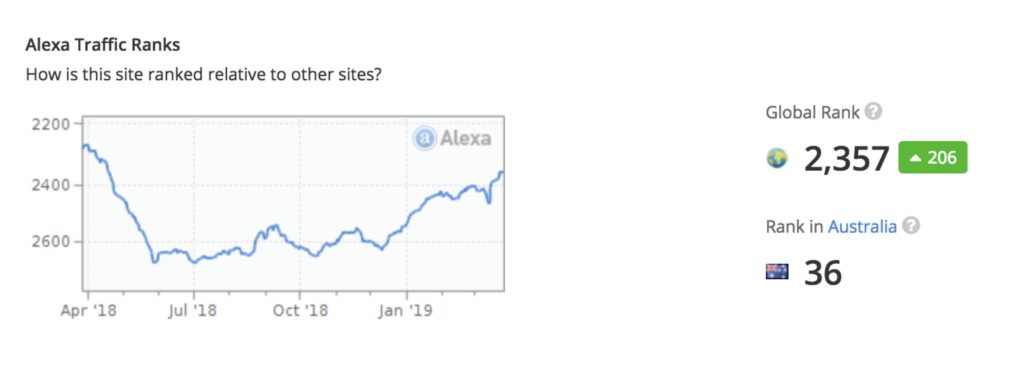
As can be seen from the picture above, SMH enjoys higher ranking in Australia. The global rank for SMH is not that outstanding but it is still a popular news website among the world.
Target User Group and Demographics


Most of the visitors of SMH are Australian. The visitors from U.S. also occupy a small proportion. The visitors are from different countries which means SMH enjoys some international influence.

As can be seen from the analysis result above, most of SMH visitors come from searching the keyword of the breaking news and only 1.80% visitors come from searching SMH as the keywords to visit the website. It means SMH is a reliable and popular news website for reader to use.
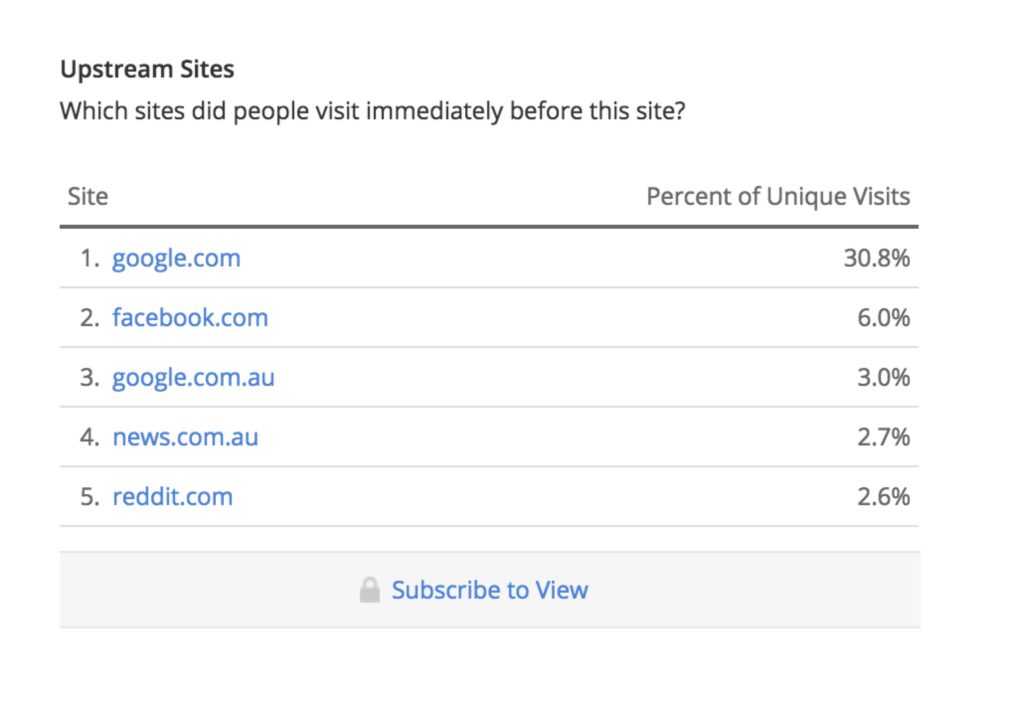
As can be seen from the result, most of SMH’s visitors come from the search engine—Google. Also, the visitors from Facebook take a large share. At the top five results, the Australian website take two place which means most of the visitors are the local people.
Crikey
History and Production Context
Crikey is an Australian electronic magazine comprising a website and email newsletter available to subscribers. It started as an idea to expose what was going on behind the scenes in politics and the media. The type of site is political commentary and it is owned by private media Pty. Ltd.

As can be seen from the picture above, Crikey has lower ranking in Australia and among the world which meaning it is not a well-known digital born website. Crikey still has a long way to go to become more popular.
Target User Group and Demographics
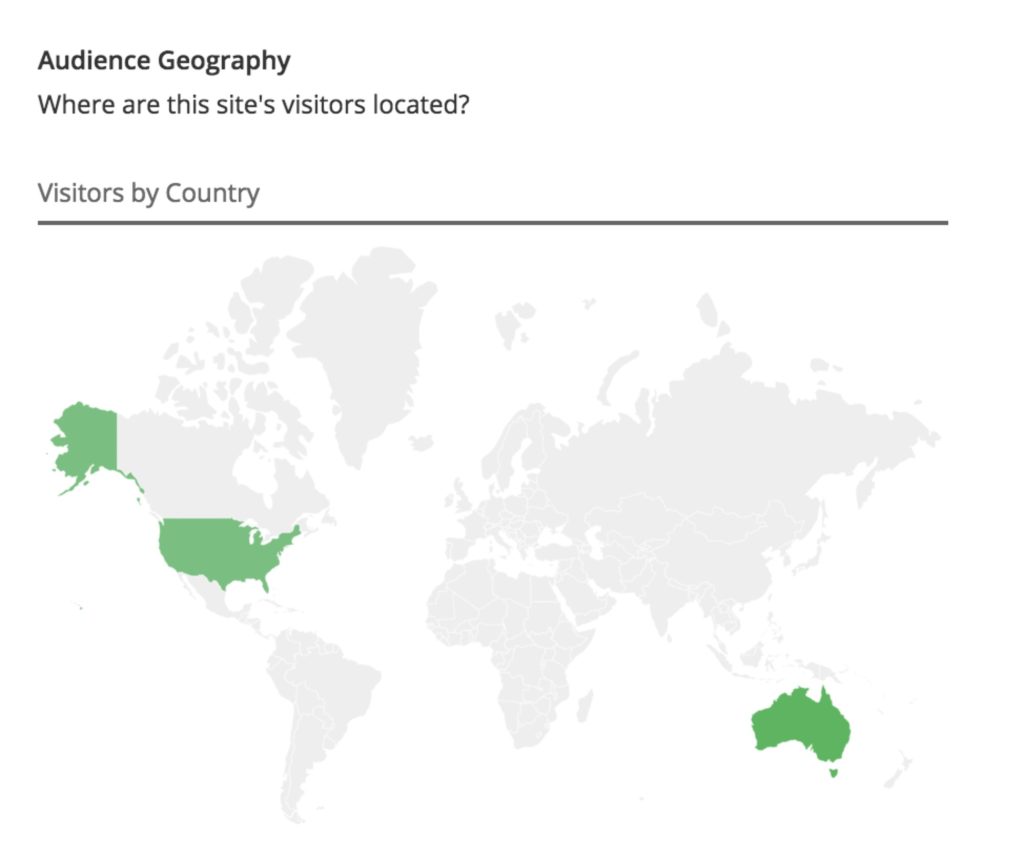

Most of the visitors of Crikey are Australian which means it do not has so much international influence and awareness.

As can be seen from the analysis result above, most of Ceikey visitors come from searching the name of the website as the keywords to visit it. It means the news story published on Crikey is not the main resource for visitors to search.

As can be seen from the result, most of Crikey’s visitors come from the search engine—Google, and the social media platform Facebook. It means if Crikey want to attract more readers, the share link or the advertisement at google and Facebook would be helpful.
Part Two: Comparative Analysis
This article would analysis the news about Scoot Morrison proposed a multibillion-dollar program to build new mass detention facilities in Australia which published on two different websites. One was published on The Sydney Morning Herald on March 26, 2019-12.00am. Then, Crikey reported the same news story on March 26, 2019.
Here are the links:
The Sydney Morning Herald:
Scott Morrison’s $9 billion mass detention plan
Crikey:
Morrison wanted mass detention centres for refugees
Journalistic Writing and Content Production
The Sydney Morning Herald
In news writing, direct quotation is a good way to enhance the credibility of the news. However, in this news, SMH used lots of description such as ‘according to people familiar with the proposal’, ‘according to multiple informed sources’, ‘A spokesman’ which seems not reliable to the public. The article mentioned that Mr Morrison’s proposal was opposed by Joe Hockey and showed Hockey’s opinion. However, it was lack of evidence because there is no quotes or interviews.
At the last two paragraphs, the editor mentioned TPVs which is the abbreviation of temporary protection visas. However, there is no full name of TPVs used in the article before and some reader may not know the meaning of TPVs.
There is a related article link at the right side of the news story which is good to give reader more detail about the news. However, the related article is about how Scott Morrison deposed a prime minister which written by the same editor Peter Hartcher but seems less relevant to this news story. Maybe it is better to add one or two articles about the mass detention plan would make the news more reliable and detailed.
Hyperlinks is the ability to link the story the other information online which is a great function of online journalism compared to print or broadcast journalism (Bradshaw, 2013). There is no tags and links through the whole article which is bad for reading experience.
Multimedia is another great function that online journalism has which means the stories are not limited to any one medium and it could combination text, image, audio and video together (Bradshaw, 2013). However, there is no any audio-visual media used in this article. The whole article only has one picture of Scott Morrison and it was taken in January 2014 which is pretty old foe the news published in 2019. Also, the description of the picture is too easy, the reader could not see the directly relevant between the picture and the news story.
Crikey
There is only one picture used for the whole article in Crikey and no any audio-visual media used. Same as SMH, Crikey also chose one picture of Scott Morrison. However, it is worth to mention that this one used in Crikey seems not that pleased. It used a very weird angle of Morrison and the facial expression of him seems contemptuous and impatient which may mislead reader and make people feel uncomfortable before reading. Moreover, the huge problem is that the picture used in the article lack of description and reader may not have a clear idea of what the picture is trying to tell.
Chris Woods, the editor of this news, used Morrison ‘wanted’ mass detention centers as the tittle of this article. Comparing to the tittle SMH used, SMH seems more neutral and objective. The whole article in Crikey is lack of evidence, the writer only tells the reader that Morrison wanted mass detention, however he did not have any interview with the relevant people which make the news lake of credibility.
There is another problem of the news story is that the tittle is about Morrison’s mass detention plan but there are only two paragraphs talk about this news and other paragraphs are about the Coalition and Greens push for respective media reforms. It seems like the tittle is selling the story, but the story content only has little relevance.
Online delivery
There are three general stances regarding social media among journalists: the active enthusiasts, the pragmatic conformists, and the skeptical shunners (Franklin & Eldridge II, 2016). The platform used to share the article has an impact on the target audience and the engagement the website might get, such as Facebook and Twitter are the places people would engage with each other and exchange information (Bradshaw, 2013).
The Sydney Morning Herald
The SMH has the share link to Facebook, twitter and Email at the left side and the end of the news story.
This news was written by Peter Hartcher, the Political Editor and International Editor of SMH. There is a short biography of Peter at the end of the news, also the reader could send Email to him by the email contact shown at the end. The comments area of SMH is conspicuous and easy to find. As can be seen through the news story, there are plenty comments which engaged readers well.
Crikey
Links are the lifeblood of the web (Bradshaw, 2013). There are share links to Facebook, twitter, Instagram and Email at the top of the article which is easy to find and share. Comparing with the article in SMH, the one in Crikey has add one of the most popular social media platform Instagram, which could attract more online readers and has more influence of the article.
The news was edited by Chris Woods, a Melbourne-based freelance journalist focusing on politics, science and social affairs. There is a hyperlink of the biography of Chris Wood. If the reader clicks that hyperlink, all the article written by Wood would show up. However, comparing with SMH, putting a profile picture of the editor would make the article more reliable. Also, there is no email contact detail to help reader get contact with the editor which may lose interaction between the website and the public.
The comments area is at the bottom of the website, which is under lots of modules such as Crikey Quickie; Read All About It; The Commentariat; Hold The Front Page; What’s On Today, which is not a humanization page design. There are 0 comment of this article, maybe part of the reason is because it is hard to find the comment area.
Technical delivery
The Sydney Morning Herald
The SMH website has three different choices to select the size of the words which is really thoughtful to improve the reading experience.
One good function of SMH online news delivery is that the picture used in the news story has the button to zoom viewport, which gives audience a clear view of the picture.
The problem is that there are plenty advertisements one the website. When the reader clicks the news link, the first thing come to sight is the advertisement. Also, during the reading process, there is one huge advertisement at the middle of the page and about three more advertisements at the left side, next to the article but have no relevance to the news. Moreover, some advertisements are even gifs which kind of having a negative impact to the reader.
Crikey
Camping with the news published at SMH, Crikey seems has better web page design. The whole news has a clear view and no advertising at the page (maybe lake of sponsor). Also, headline and subheading are important (Bradshaw, 2013). All the subheadings in Crikey are displayed in a bold font which make it easy for reading. There is a module called What’s On Today and reader would chose the city in Australia he cares about to read more which is a really thoughtful function. All the hyperlinks of the website work well. All the name of people mentioned in the article are displayed in a bold font, but it would be better to add some hyperlink or pictures to give reader a better background information.
Reference
Bradshaw, P. (2013). The online journalism handbook: skills to survive and thrive in the digital age. Routledge.
Biography – John Fitzgerald Fairfax – Australian Dictionary of Biography. (1996). Retrieved from http://adb.anu.edu.au/biography/fairfax-john-fitzgerald-10143
Crikey.com.au Traffic, Demographics and Competitors – Alexa. Retrieved from https://www.alexa.com/siteinfo/crikey.com.au
Franklin, B., & Eldridge II, S. (Eds.). (2016). The Routledge companion to digital journalism studies. Taylor & Francis.
Hartcher, P. (2019). Scott Morrison’s $9 billion mass detention plan. Retrieved from https://www.smh.com.au/politics/federal/scott-morrison-s-9-billion-mass-detention-plan-20190325-p517dr.html
Smh.com.au Traffic, Demographics and Competitors – Alexa. Retrieved from https://www.alexa.com/siteinfo/smh.com.au
Woods, C. (2019). Crikey Worm: Morrison wanted mass detention centres for refugees. Retrieved from https://www.crikey.com.au/2019/03/26/morrison-wanted-mass-detention-centres-for-refugees/
“The Sydney Morning Herald | Australian newspaper”. Encyclopedia Britannica. Retrieved 4 September 2017.




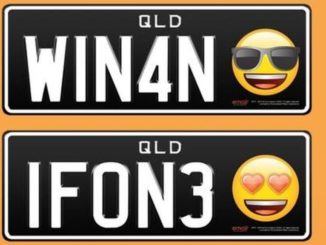
Be the first to comment